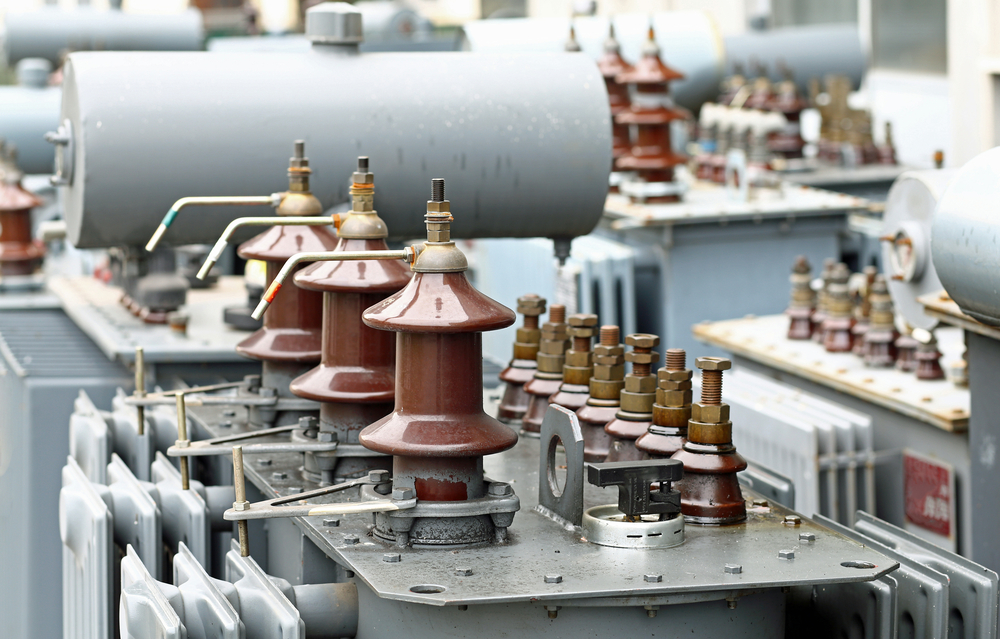The Nigerian Power Sector Reforms: Overcoming Post-Privatization Challenges
Posted on Thu 6 Aug 2015
- Download Resource
“By 2020, the energy sector will be the major engine of the nation’s sustainable social, economic and industrial growth, delivering affordable and constant energy supply efficiently to other sectors of the economy” – Nigeria’s Vision 2020 National Technical Group on Energy
The journey so far
Given the perennial challenges evident through the electric power sector value chain in Nigeria, and more importantly in appreciation of the successes of privatization recorded by countries, which had hitherto faced similar challenges, the Federal Government of Nigeria commenced the privatization of its electric power sector. This article reviews the Nigerian electric power sector privatization, identifies the challenges emanating from the process, and recommends solutions to these going forward.
Prior to the privatization, the government owned and operated a vertically integrated company, known as the National Electric Power Authority (NEPA). NEPA was a creature of statute, specifically established to exercise unilateral control over generation, transmission and distribution of electricity in Nigeria. Like other state corporations which performed abysmally, NEPA’s efforts at achieving steady supply of affordable power to homes and businesses, were frustrated by needless bureaucracy and official corruption. The dismal supply of electric power from the grid soon resulted in the stunted growth of the overall economy.
Some of the challenges that confronted NEPA included:
-
shortage of electric power supply to meet the ever-increasing demand;
-
non-payment of utility bills by a large percentage of consumers;
-
loss of the already insufficient electric power due to dilapidated, obsolete and poorly maintained infrastructure;
-
shortage of gas supply for thermal stations and low water levels for hydro stations;
-
uneconomically high operating costs, especially of maintenance of the available power generation plants and other requisite infrastructure, equipment and machinery;
-
scarce foreign exchange to purchase spare parts to replace damaged parts; and the recurring vandalism of power installations.
Under NEPA’s monopolistic operation and control, about half of Nigeria’s population, of over 150 million people at that time, lived outside of grid connectivity. NEPA at that time generated approximately 3,718 MW out of estimated installed electricity generation capacity of 8,644 MW and distributed much less than it was generating. By comparison, South Africa, with a population of about 51 million, generated about 35,000 MW out of an installed electricity generation capacity of over 52,000 MW. With the state of power supply in the country, many micro, small and medium enterprises (MSMEs) as well as the industrial sector, became crippled.
More Insight

 Fri 21 Mar 2025
Fri 21 Mar 2025IP PROTECTION FRAMEWORK IN NIGERIA - TRADEMARKS
 Wed 18 Dec 2024
Wed 18 Dec 2024SEC’s Draft Rules Facilitate Pension Funds’ Investment In ...






